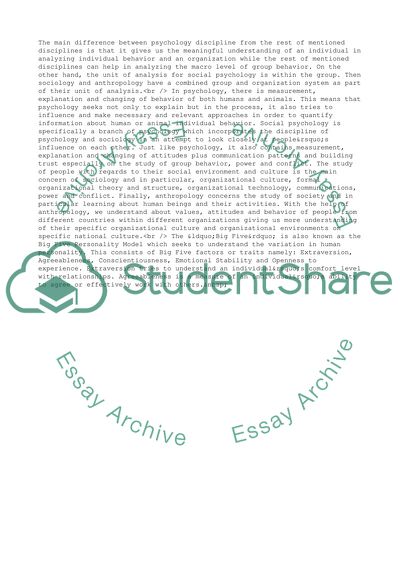Cite this document
(The Behavioral Science Disciplines, Big Five Personality Model Assignment, n.d.)
The Behavioral Science Disciplines, Big Five Personality Model Assignment. Retrieved from https://studentshare.org/management/1739499-managing-organizationorganizational-behavior
The Behavioral Science Disciplines, Big Five Personality Model Assignment. Retrieved from https://studentshare.org/management/1739499-managing-organizationorganizational-behavior
(The Behavioral Science Disciplines, Big Five Personality Model Assignment)
The Behavioral Science Disciplines, Big Five Personality Model Assignment. https://studentshare.org/management/1739499-managing-organizationorganizational-behavior.
The Behavioral Science Disciplines, Big Five Personality Model Assignment. https://studentshare.org/management/1739499-managing-organizationorganizational-behavior.
“The Behavioral Science Disciplines, Big Five Personality Model Assignment”. https://studentshare.org/management/1739499-managing-organizationorganizational-behavior.


